The idea behind Eastham’s rather grandly named 1651 Arboretum was to cultivate the sort of mature forest that the first European settlers might have encountered and, theoretically, enjoyed before subsequent generations decided to cut it down to take up European-style agriculture.
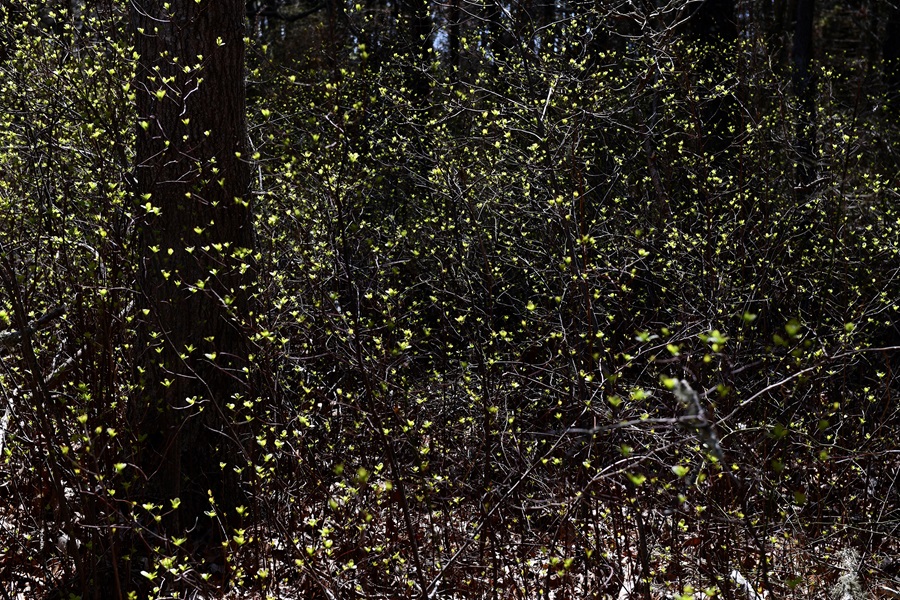
Though townspeople who joined the Friends of the 1651 Arboretum in 2003 initially saw this as a 100-year undertaking, one that would give their tree plantings time to grow to reach the canopy, the pre-colonial forest here might have actually looked a lot like the pitch pine and oak forest seen in Wiley Park today.
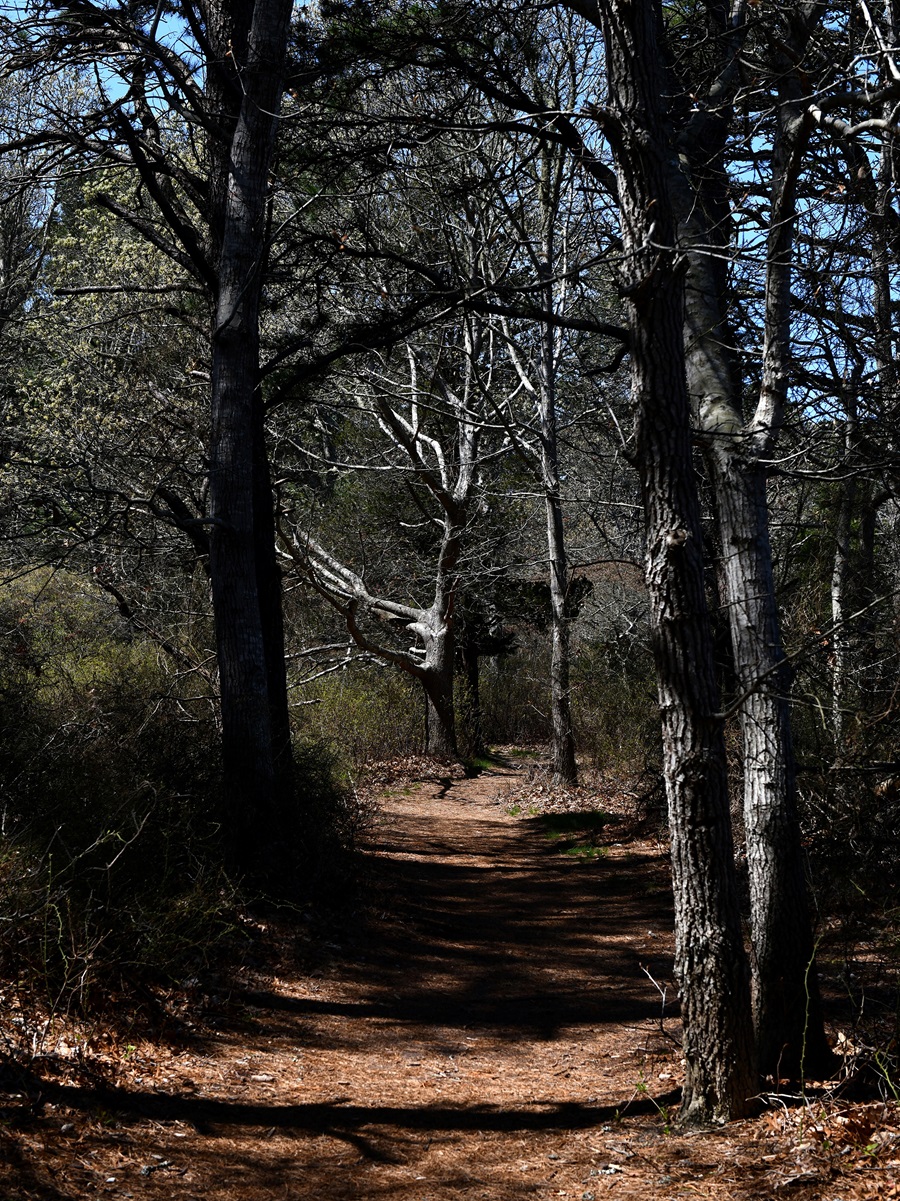
That’s according to Chris O’Neill, senior scientist at the Woodwell Climate Research Center in Falmouth, who studies land use and ecosystems around the globe. The primordial pitch pine-oak forest in Eastham probably contained some older oaks, he says, but he points out that “there’s only a certain degree of maturity that’s attained in a place as windy as the Outer Cape.” Here, big trees get blown down, and pioneer species take advantage of newly available sunlight and open space. “For that reason, there was probably always pitch pine” in these woodlands, he adds.
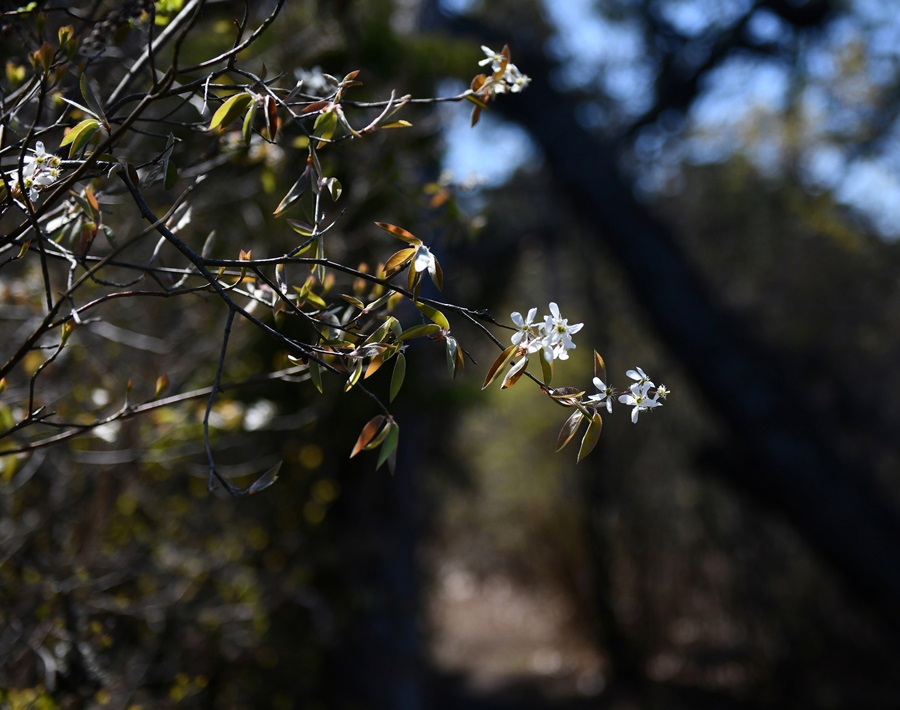
On an early May walk through what’s now more familiarly known as the 1651 Forest, located alongside this town’s Great Pond — a walk taken with the question of ecological succession in mind — freshly emerging red leaves were first to catch the eye: black oaks and black cherries are among the species clamoring to get out from underneath the shade of the pitch-pine canopy here.
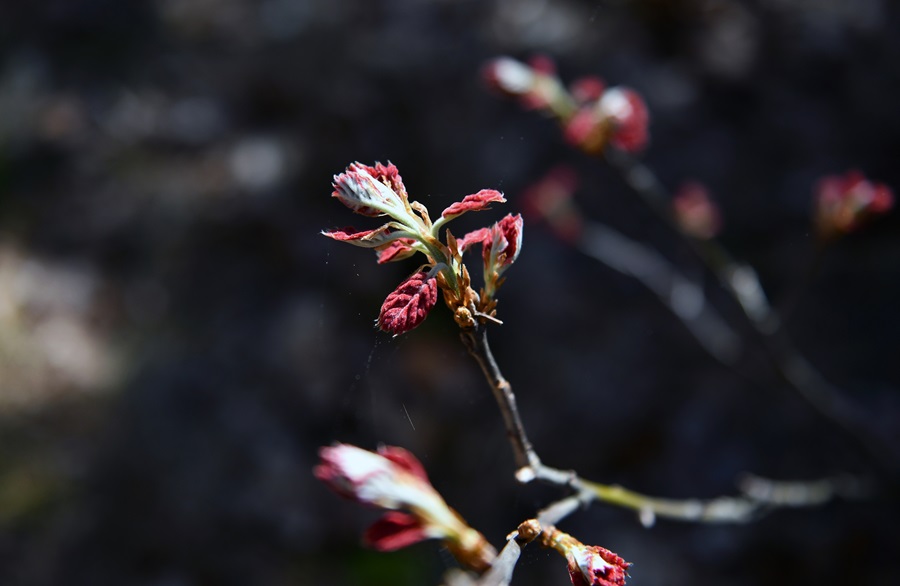
Signs explain a sunny bit of understory where storms felled large trees in a nor’easter in 2007, creating this and other fresh clearings. New plantings of beach plum, a sun-loving shrub, seem to reflect the Friends of the Arboretum’s current view that cultivating species at each stage of succession, not just those that would be part of a so-called climax forest, that is, one in a long-undisturbed steady state, makes the most sense.
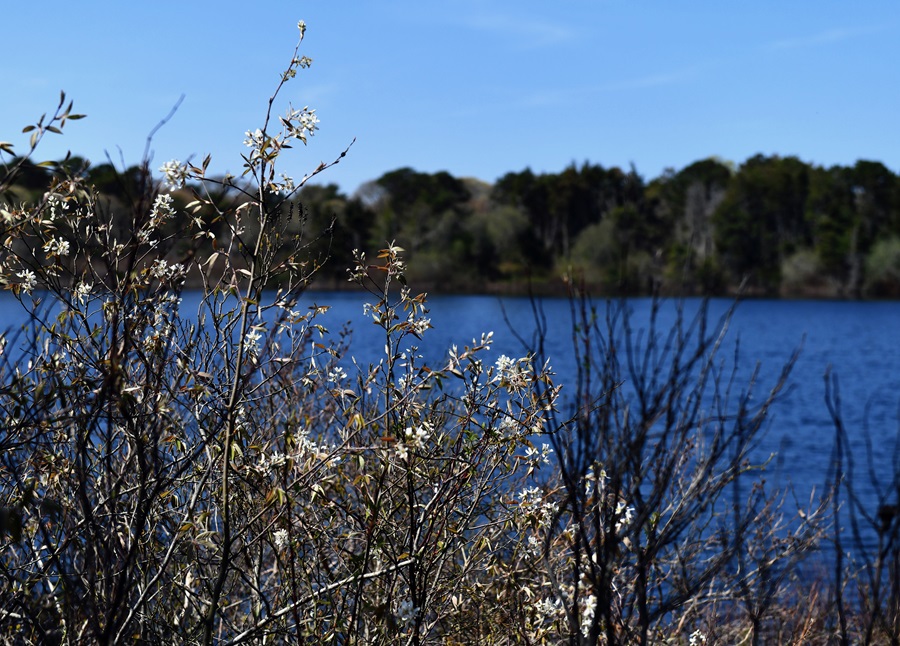
The forest’s state of perpetual transition becomes even more apparent along the trail at this time of year where the grays and browns of winter give way to the crisp green V-shaped clusters of summersweet leaves, the chartreuse of fresh greenbriar, and the neon yellow of a tennis ball left by someone’s dog. Though it seems unlikely that a 1651 woodland would have included labradoodles, good conservation is all about adapting to the conditions at hand, meaning there is surely no shortage of tasks for the caretakers of the Arboretum to take on, even if the forest they initially envisioned is already here.



